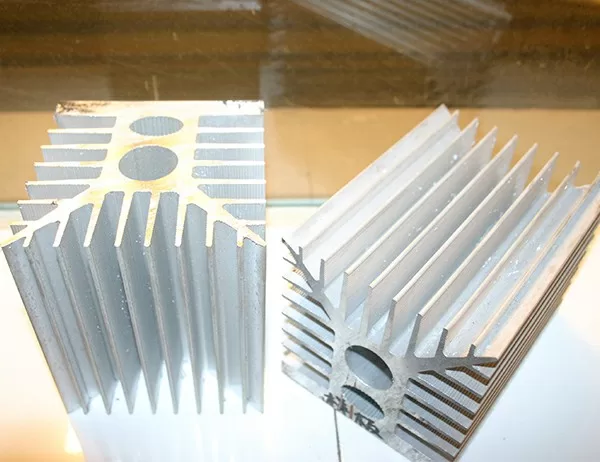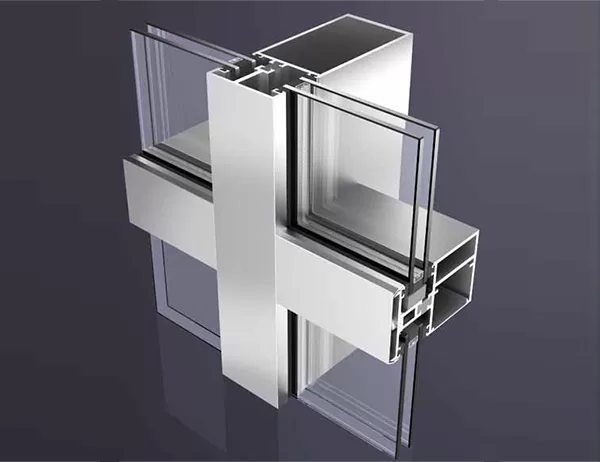Aluminium cabinet profiles have gained immense popularity in various industries due to their durability, corrosion resistance, and aesthetic appeal. However, manufacturing these profiles poses several unique challenges that require innovative solutions. This article delves into the challenges and solutions involved in the production of aluminium cabinet profiles to enhance understanding and optimize manufacturing processes.
Major Challenges in Manufacturing Aluminium Cabinet Profiles
Profile Strength
Aluminium, while lightweight and corrosion-resistant, can be prone to bending or warping under excessive loads. Ensuring profile strength becomes crucial to maintain the integrity of the cabinet structure.
Solutions:
– Employing alloys with higher strength-to-weight ratios
– Enhancing extrusion processes to optimize profile geometry and reduce internal stresses
– Incorporating reinforcing ribs or internal supports
Surface Finish
Achieving a high-quality surface finish is essential for the aesthetic appeal of aluminium cabinet profiles. However, factors such as extrusion defects, oxidation, or mechanical damage can mar the surface.
Solutions:
– Implementing stringent quality control measures during extrusion
– Optimizing post-extrusion processes, such as chemical etching and anodizing, for a flawless finish
– Applying protective coatings or surface treatments to prevent corrosion and scratches
Precision and Dimensional Tolerance
Precise dimensions and tight tolerances are crucial in cabinet manufacturing to ensure proper fit and alignment of components. Any deviation can lead to gaps, misalignment, or faulty assembly.
Solutions:
– Utilizing advanced extrusion tooling and equipment for precise profile shaping
– Employing quality control measures throughout the manufacturing process
– Incorporating post-extrusion machining or fabrication techniques for additional precision
Efficient Extrusion Process
Extrusion is a key process in the production of aluminium cabinet profiles. Optimizing the extrusion process can significantly enhance productivity and reduce waste.
Solutions:
– Optimizing extrusion parameters, such as temperature, speed, and pressure, to improve profile quality
– Investing in high-performance extrusion equipment to minimize defects
– Implementing automation and process monitoring systems to enhance efficiency
Conclusion
Manufacturing aluminium cabinet profiles presents a unique set of challenges that require innovative solutions. By addressing these challenges, manufacturers can produce high-quality profiles that meet the demands of the market. The solutions discussed in this article, such as alloy selection, surface treatment, precision control, and efficient extrusion processes, provide a roadmap for optimizing manufacturing processes and delivering exceptional products to customers.




